Current Project: 2024 - 2027
RLA 7/028 – Strengthening Regional Capabilities on the Application of Nuclear and Isotopic Techniques to Increase Knowledge about Stressors that Affect Marine and Coastal Sustainable Management (ARCAL CLXXXIX)
Previous Projects:
RLA 7/025 – Strengthening Capacities in Marine and Coastal Environments Using Nuclear and Isotopic Techniques (2020-2023).
RLA 7/022 – Strengthening Regional Monitoring and Response for Sustainable Marine and Coastal Environments (ARCAL CXLV) (2018-2019).
RLA 7/020 - Establishing the Caribbean Observing Network for Ocean Acidification and its Impact on Harmful Algal Blooms, using Nuclear and Isotopic Techniques. (2014-2017)
RLA 7/014 – Designing and Implementing Systems for Early Warning and Evaluation of the Toxicity of Harmful Algal Blooms in the Caribbean Region, Applying Advanced Nuclear Techniques, Radioecotoxicological Evaluations and Bioassays (2009-2012).
Participating Institutions:
Universidad de El Salvador
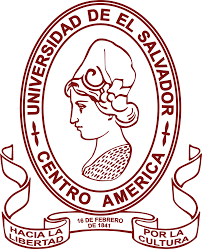
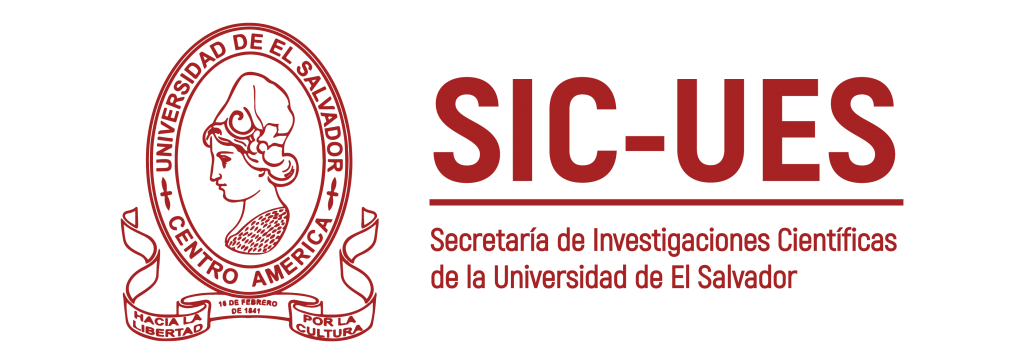
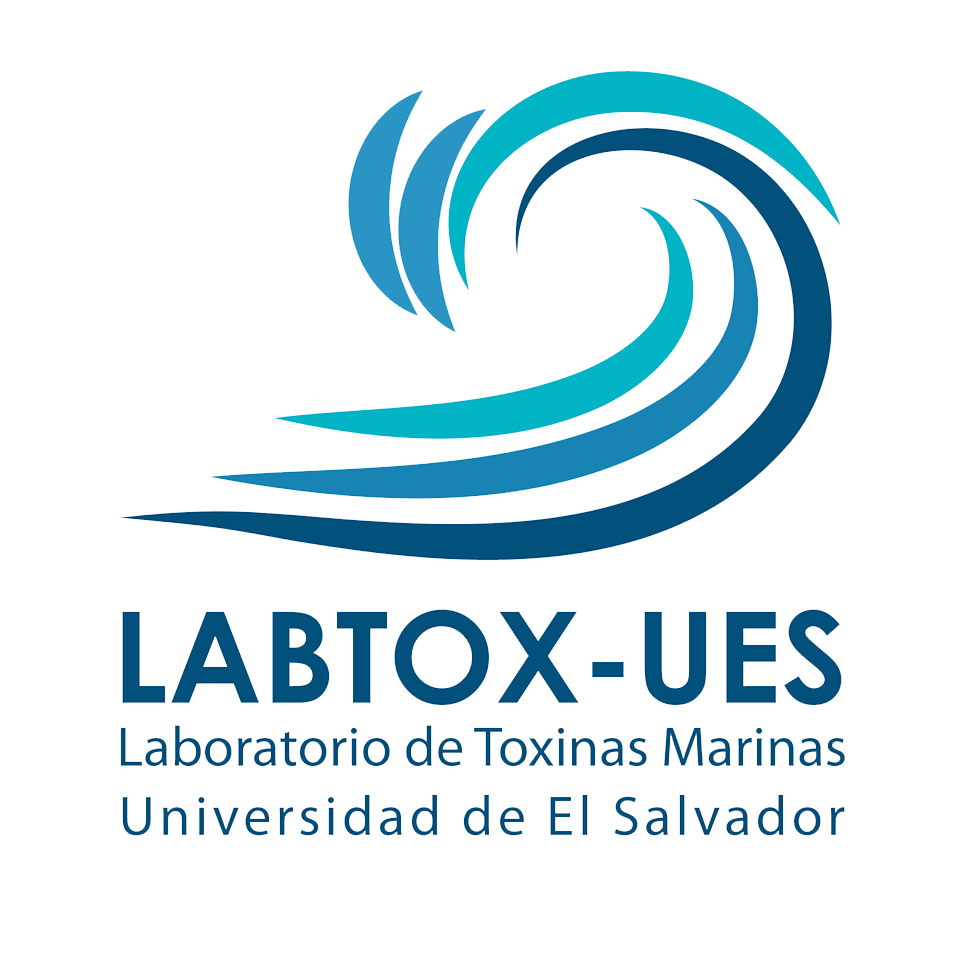
Research Areas:
- Ocean Acidification.
- Harmful Algal Blooms (HABs) and Marine Biotoxins.
- Microplastic contamination.
THE PROBLEM
El Salvador has a 321 kilometre coastline affected by environmental problems that include contamination from agrochemicals and domestic and industrial discharges, solid waste, mainly plastic, "red tides" that cause accumulation of toxins in molluscs representing a high health risk, coastal erosion, sedimentation of estuaries and bays, indiscriminate felling and conversion of mangroves to agricultural land, and expansion of human settlements due to tourism projects.
The coastal area of El Salvador has low coverage of sanitary sewage and no wastewater treatment, which leads to high levels of pollution of various kinds. For example, heavy metals have been detected in fish at concentrations that exceed 12 times the regulatory level for human consumption, high levels of ammonia in water, and very high health risk due to contamination of solid waste and organic matter in some coastal areas of the country. As for solid waste, the latest data collected indicates that more than 106,000 tons of plastic are discarded each year in the country.
Since 2001, there have been at least 15 “red tide” events, or harmful algal blooms, on the Salvadoran coast. These events have caused the death of one person and intoxicated seven. Red tides have also generated impacts on fishing activities due to the imposition of bans on the extraction, commercialization and consumption of shellfish, generating social unrest in coastal communities that are dedicated to this area. The impacts on coastal ecosystems have also been notable, it is estimated that around a thousand sea turtles died from toxins associated with microalgae in 2013 and 2017. In addition, red tides have caused massive fish deaths in 2012, 2014 and 2017.
INFORMATION FOR ACTION
The Laboratorio de Toxinas Marinas of the Universidad de El Salvador (LABTOX-UES) maintains a Permanent Program for Monitoring Harmful Algal Blooms (HABs) in the coastal zone since 2007, providing quality information for decision-making government institutions. Thanks to permanent monitoring, since this laboratory has been operating, El Salvador has not reported deaths from red tide.
On the other hand, LABTOX-UES has begun the study of microplastics on five beaches in El Salvador, detecting the presence of these contaminants in abundances that exceed 20 particles per kilogram of sand. It is necessary to continue with these efforts and extend the studies of microplastics in water and marine organisms.
Estos esfuerzos de investigación se realizan en conjunto con la Red de Investigación de Estresores Marino Costeros en Latinoamérica y el Caribe (REMARCO), y 18 países de la región que conforman la Red, respaldados por el Organismo Internacional de Energía Atómica (OIEA). El monitoreo permanente, recurso humano capacitado, difusión de resultados y el apoyo de la cooperación nacional e internacional, son acciones que contribuyen a salvaguardar la vida de las personas y conservación de la zona costera.
However, human and financial resources are required for operating costs, as well as the support of inter-institutional cooperation to maintain the Program and expand its coverage to the eastern coasts of the country.
Country Members:
Oscar Amaya Monterrosa. Bachelor’s Degree in Physics, Specialist in Radiochemistry.
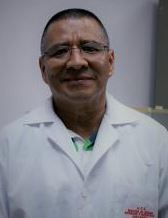
Laboratorio de Toxinas Marinas (LABTOX-UES). Escuela de Física, Universidad de El Salvador.
Role in the Project: National Coordinator El Salvador.
Contact info: oscar.amaya@ues.edu.sv
Oscar Amaya is Director and Founder of the Laboratorio de Toxinas Marinas de la Universidad de El Salvador LABTOX-UES since 2007. He has directed 5 national and 4 regional projects with the IAEA. The LABTOX-UES is attached to the School of Physics of the Faculty of Natural Sciences and Mathematics, it is a national and regional reference laboratory, dedicated to the investigation of toxins associated with microalgae in marine waters and inland water bodies. In addition, it maintains permanent monitoring of the coastal-marine environment, guaranteeing the safe management of sea products, avoiding the consumption of food contaminated with toxins in order to contribute to the development and social welfare of the country. The main achievement to date is to have eradicated deaths from Red Tides in El Salvador.
Cesiah Rebeca Quintanilla García. Biologist.
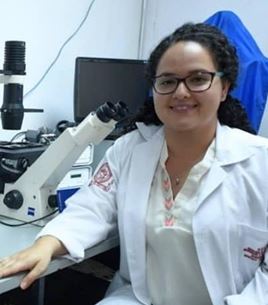
Laboratorio de Toxinas Marinas (LABTOX-UES). Escuela de Física, Universidad de El Salvador.
Role in the Project: In charge of the Microplastics and HAB components.
Contact info: cesiah.quintanilla@ues.edu.sv
Biologist with specialization in management of aquatic systems. LABTOX-UES collaborator since 2011 in the area of harmful algal blooms. Since 2016, she has worked as a researcher for LABTOX-UES and participates in the design and execution of national and regional projects related to harmful algal blooms, and recently in the area of microplastics on beaches. She is currently in charge of the LABTOX-UES Microscopy Unit, where a harmful algal bloom monitoring program is implemented in the country's coastal zone and freshwater bodies. Within the framework of this program, she advises undergraduate thesis on cyanobacteria and microalgae in freshwater bodies, phytoplankton in estuarine zones and benthic dinoflagellates.
Gerardo Ruíz Rodríguez. Bachelor of Chemical Sciences.
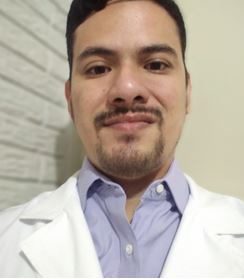
Laboratorio de Toxinas Marinas (LABTOX-UES). Escuela de Física, Universidad de El Salvador.
Role in the Project: National coordinator for the execution of Ocean Acidification and Coastal Eutrophication components.
Contact info: gerardo.ruiz@ues.edu.sv
LABTOX-UES collaborator since 2010 with involvement in various technical cooperation projects with the IAEA at a national and regional level, through the development in the institution of the methodology for saxitoxin quantification through the RBA-R technique. Assigned as regional expert for the RLA7020 project to implement said methodology in Colombia and Nicaragua. His undergraduate thesis was on the development of a new technique to measure total nitrogen in seawater by UV-VIS spectrometry; which is in the optimization phase. He currently coordinates the LABTOX-UES Aquatic Pollution unit; in which, with the collaboration of students from the Faculty of Natural Sciences, methodologies are being developed to measure heavy metals, chlorophyll and nutrients for their application in future studies.
Progress and Challenges
LABTOX-UES responds to red tide phenomena on the Salvadoran coast, using nuclear and conventional techniques such as microscopy.
El Salvador has positioned itself as the first country in the region to implement the Receptor Binding Assay (RBA) to determine the amount of toxin or poison associated with red tides present in samples of oysters, shells, snails, crabs, fish and sea turtles.
Over time, LABTOX-UES has increased its work areas in response to environmental problems of national interest and currently conducts research on contamination by heavy metals and microplastics, in addition to alpha and gamma spectrometry used to determine the age of different geological processes that are recorded in marine sediments.
